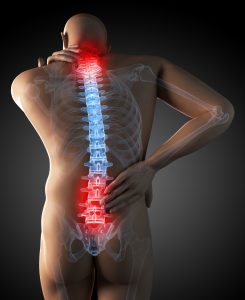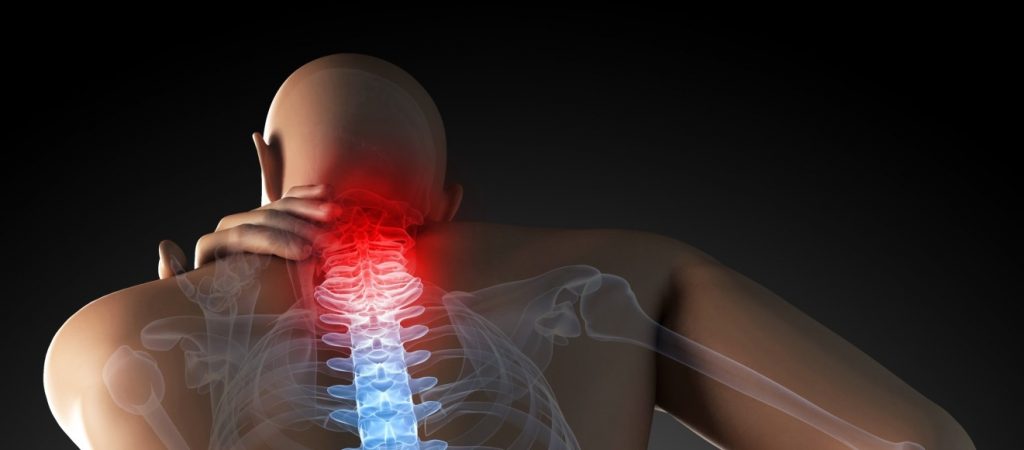Call today: 416-906-0767
Why “less is more” doesn’t work at first with chiropractic treatment
Have you ever had a terrible headache?
One of those bad headaches for a few hours where you feel drained and just want it to end already? What typically happens next is you lie down hoping it will end soon or you take a fast acting over the counter pain pill so you can enjoy your day. Shortly after, poof! The headache is gone and you feel a great sense of relief. You go to bed and wake up to be sadly surprised by yet another annoying headache. You start to wonder, was it the way I slept? Is it coming from my neck? It could be one of those, both or neither!
So what is the cause?
Commonly, there is postural strain going on like “text neck” or computer strain and the spinal joints/muscles get irritated. Having a chiropractic assessment will help to determine the root cause. That pain pill may have worked for short term relief, but it didn’t get to the root cause of your headache. Similarly, having a single chiropractic visit may provide great short-term relief, but a few treatments help to tackle the root cause of pain and will help decrease the frequency of reoccurring pain. The tension that’s in your neck and shoulders built up over time and takes time to decrease also. This is why having a few frequent treatments at first, often works better to decrease that pesky “muscle memory” and address the areas that need stretching/strengthening. Similarly, with migraines, some people have certain triggers like bright lights, chocolate, alcohol or stress. If stress management is done regularly (not just one yoga/meditative class, but a regular routine that works for you) it often produces better long-term results. Maybe it’s having regular “tune –up” treatments to offset joint pain and muscle tension, going to bed early or avoiding certain triggers like decreasing the brightness setting on your phone. I am here to help guide you on ways to decrease pain not just on a short-term basis, but on a long term basis with the use of self-directed stretches/exercises and chiropractic treatment plans that will help keep your spine aligned.
If you would like to arrange a chiropractic appointment, please email dr.mdavidovic@gmail.com or call 416-906-0767
Do you have mechanical neck pain?
 Neck pain has become increasingly common in that 2 out of 3 people will experience neck pain at some point. Mechanical neck pain and headache coming from the neck (cervicogenic headache) are quite common, so here is some info for you to help you further understand the relationship between spinal manipulation therapy (SMT) or the “adjustment” and decreasing neck pain.
Neck pain has become increasingly common in that 2 out of 3 people will experience neck pain at some point. Mechanical neck pain and headache coming from the neck (cervicogenic headache) are quite common, so here is some info for you to help you further understand the relationship between spinal manipulation therapy (SMT) or the “adjustment” and decreasing neck pain.
What does Mechanical neck pain mean?
Mechanical neck pain (MNP) just means neck pain that gets worse when we use our neck more and the pain is coming from parts of the cervical spine that allow us to move our head around and up and down. Mechanical neck pain doesn’t come from “pinched” or irritated nerves, instead the pain is coming from inflamed facet joints (joints in the neck) and from degenerated or “thinned” disc(s). The disc and facet joints become more inflamed when we use our neck to move our head, and the muscles around the cervical spine begin to spasm. You can think of a muscle spasm similar to a muscle cramp.
Why is the muscle spasm happening?
Muscles that are cramping eventually lead to pain. The spasm occurs as the body’s response to try to stop the movement in the neck. Addressing the root cause of pain in the neck with an assessment of the painful cervical joints that may be “stuck” or restricted will assist in the application of treatment options. An adjustment or alternatively gentle mobilizations (challenging a joint within its normal range) may effectively remove the pain source, which will allow the muscle spasm to subside.
Ways to keep the neck joints happy:
- Sleep with a supportive pillow on you side or back
- Make sure to stretch your neck regularly to avoid stiffness in the cervical spine
- Take computer/phone breaks to avoid looking in one direction for too long
- If you need more details on how to do the above or would like more tips, book an initial visit with Dr. Maria Davidovic
If you’d like to arrange an appointment, email dr.mdavidovic@gmail.com or call 416-906-0767
December Newsletter 2014 *Happy Holidays*
Here is the link to the pdf newsletter: DEC2014PrintLetter
It’s that time of year AGAIN! With the hustle & bustle of the holiday season, don’t forget to take good care of your immune system with adequate rest, a good diet, exercise and throw in your chiropractic “tune-up” visits, and your spine and nervous system will be good to go! While for some, this season can be a pain in the neck, figuratively speaking, many others suffer from acute or chronic headaches stemming from the neck. Read below on how chiropractic care can help you or someone you know.
Research Review
Efficacy of Spinal Manipulative Therapy (SMT) and Cervicogenic Headache (HA).
Cervicogenic headache is a secondary complaint from a disorder within the cervical spine or soft tissues of the neck. It is pain referred to the head from joint structures in the upper cervical spine. Patients with headache are frequently treated with spinal manipulative therapy, which is moving a “stuck” or restricted joint beyond someone’s physiological range in order to restore normal, pain-free motion.
According to research, SMT is effective in reducing HA intensity, duration and medication intake, and may also help to decrease headache frequency in Cervicogenic HA patients.
In my practice, I utilize MANY therapeutic techniques such as, the aforementioned, spinal manipulative therapy, cervical mobilization, which is challenging a restricted or “stuck” joint within someone’s physiological range of motion, Graston Technique®, Muscle Release Therapy, Kinesiotaping, therapeutic exercise, acupuncture and thoracic spine manipulation, which is also effective in decreasing neck pain (see next page.)
If you are experiencing neck pain and headaches and are unsure as to why that is, call or email to book a free 15 min consultation to find out how Chiropractic Care can help you.
Thoracic SMT for cervical spine pain and HA
Because of biomechanical, anatomical and nerve relationships between the cervical and thoracic spine, disturbances in the thoracic spine could contribute to the maintenance of neck pain. Treatment directed at the thoracic spine may have hypoalgesic (a decreased sensitivity to pain) or biomechanical effects on the cervical spine.
Preliminary evidence suggests that thoracic spine SMT may result in an immediate decrease in pain and an increase in cervical range of motion in patients with mechanical neck pain. (Flynn et al, 2001)
In a controlled study (Cleland et al.), they demonstrated that patients with mechanical neck pain who received thoracic spine manipulation experienced a significant immediate improvement in neck pain as compared to a sham manipulation group. The results showed a clinically significant reduction in pain at rest in subjects with mechanical neck pain immediately and 48 hours following a thoracic SMT.
You can follow me on Twitter & Facebook where I will be re-posting a headache diary and some easy neck exercises/stretches. Here’s wishing you a safe, healthy and happy holiday season with all the best to come in the New Year! J
One of the best gifts you can give this holiday season to a friend, colleague, family member, or significant other is sharing your experience with chiropractic care and your health accomplishments in 2014.
Invite a friend to come in for a free 15 min Consultation to learn more about Chiropractic Care
Cesar Fernandez-de-las-Penas et al. (2007). Changes in Neck pain and active ROM after a single thoracic spine manipulation in subjects presenting with mechanical neck pain: a case series. JMPT, 30:4.
Fernandez-de-las-Penas, C et al. (2005). Spinal Manipulative Therapy in the Management of Cervicogenic Headache. Headache, 45:1260-1270

